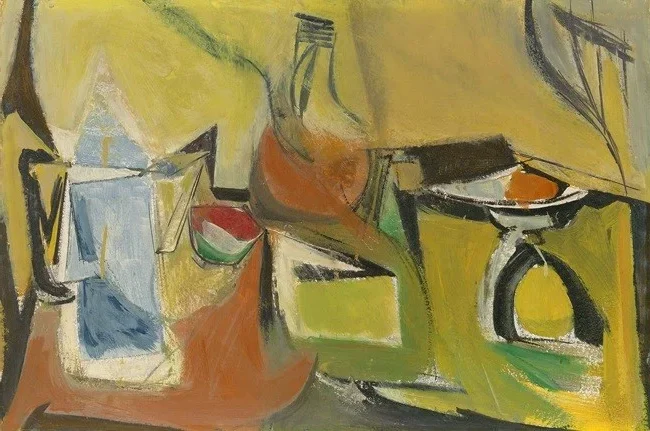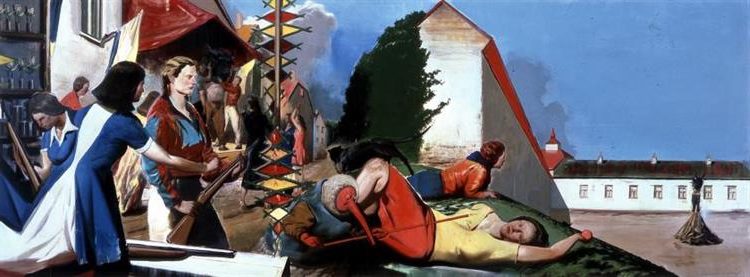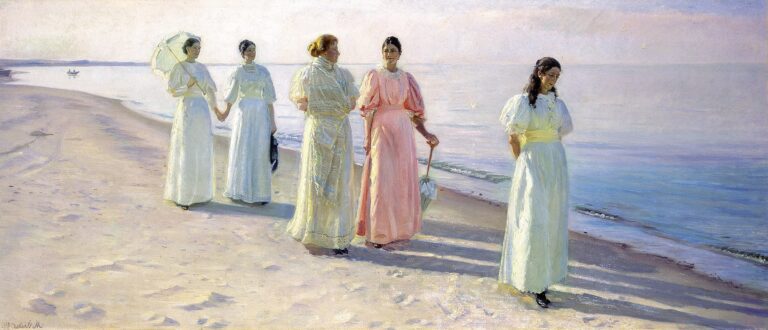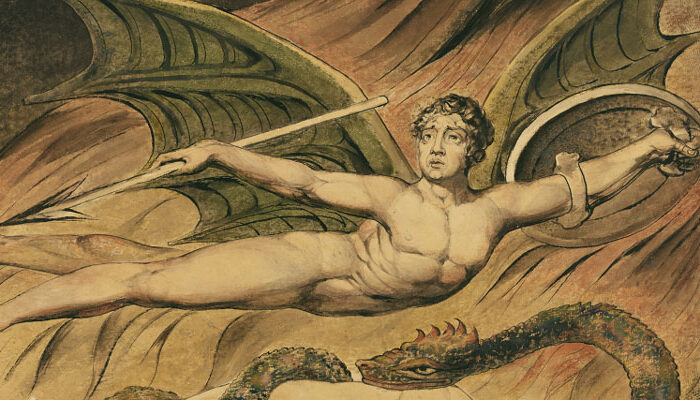Jack Tworkov Painter: Pioneering Abstract Expressionist of the 1950s
Born: 15 August 1900, Podlaska, Poland
Death: 4 September 1982, Massachusetts, USA
Art Movement: Abstract Expressionism
Nationality: American
Influenced by: Cézanne and Matisse
Institution: Columbia University, National Academy of Design, and Art Students League of New York.
Jack Tworkov Painter: Pioneering Abstract Expressionist of the 1950s
Life and Career of Jack Tworkov
Jack Tworkov is a major figure in American Abstract Expressionism. Over several decades, he made his mark both as an artist and a teacher.
Early Life in Poland and Immigration to America
Jack Tworkov, born Yakov Tworkov, was born in Biala-Podlaska in Poland in 1900. In 1913, he and his sister came to America. They settled in New York City after arriving at Ellis Island.
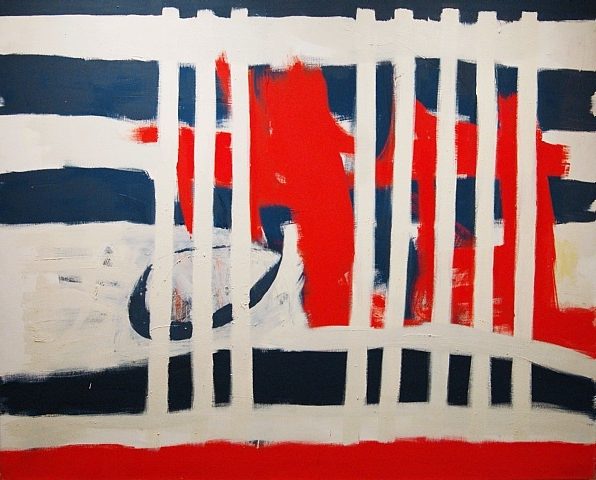
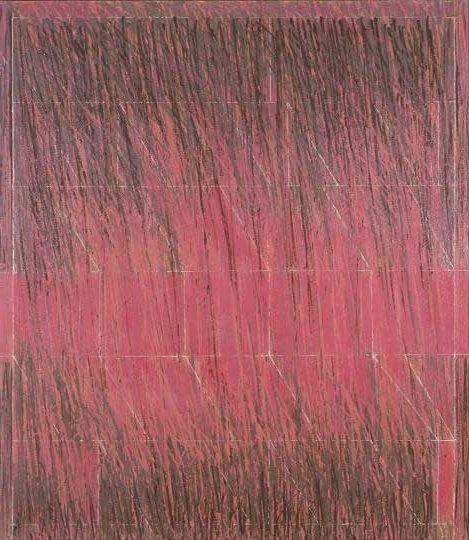
Tworkov attended American public schools. From a very young age, he showed a talent for art. New York’s busy city life, with its mix of cultures, inspired him.
Education and Artistic Milestones
Tworkov studied English at Columbia University. He received his degree in the year 1923. He then took classes at The Art Students League.
Tworkov was a Federal Art Project worker in the 1930s. It was part of WPA, which operated during the Great Depression. He was able to paint full-time.
Tworkov’s art changed with time. He began with realistic scenes. He then moved on to abstract art. His bold brushstrokes became his trademark.
Teaching Legacy and Influence
Tworkov was a teacher of art in many schools. Tworkov taught art at many schools, including Yale University, Queens College and the University of Minnesota. From 1963 to 1969, he was the chair of Yale’s Art Department.
Tworkov was a teacher who shaped many artists. Tworkov stressed the importance both of skill and creativity. His ideas helped to form the New York School abstract art.
Tworkov became a member of the National Academy of Design, in 1981. This was the culmination of his long career as an American artist.
Artistic Style and Contributions
Jack Tworkov’s art has evolved over the years. He began with realist paintings before moving to abstract art. He used brushstrokes and shapes in new ways.
Transition from Figurative to Abstract Expressionism
Tworkov started his career by painting realistic scenes. In the 1940s he began to paint abstract expressionism. The style uses colors and shapes instead of actual objects to express feelings.
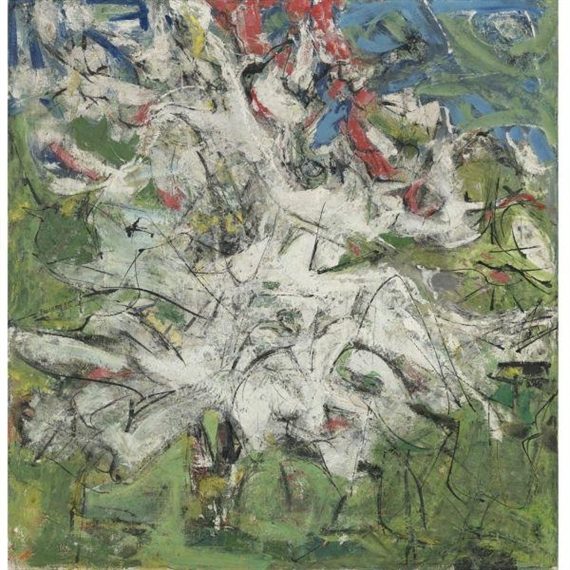
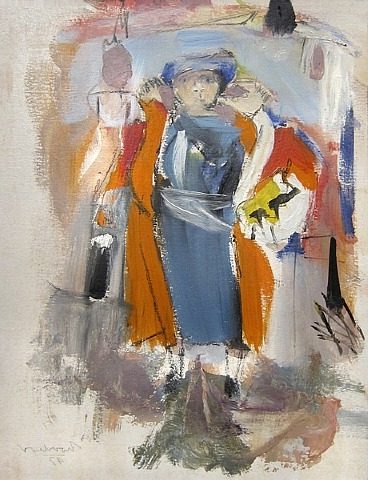
Tworkov became friends with artists such as Willem de Kooning, Jackson Pollock and others. The New York School was formed by these abstract painters. The brushstrokes in his work were large and bold. His paintings were full of color and movement.
This group of artists would meet at the 8th Street Club. Tworkov belonged to this group. They discussed new ideas in art.
Exploration of Form and Geometry in Painting
Tworkov’s work changed yet again in the 1960s. In his work, he began to use more shapes and lines. His paintings were structured and had an orderly feel.
Tworkov’s art was created using grids and rulers. This was different from his earlier, freer style. He combined careful planning and loose brushstrokes.
In his paintings of this period, he often repeated shapes. He experimented with the idea of depth and space on a flat canvas.
Key Exhibitions and Works
Tworkov’s work was displayed in many places. In 1951, he was a part of the 9th Street Art Exhibition. Abstract Expressionism became famous after this show.

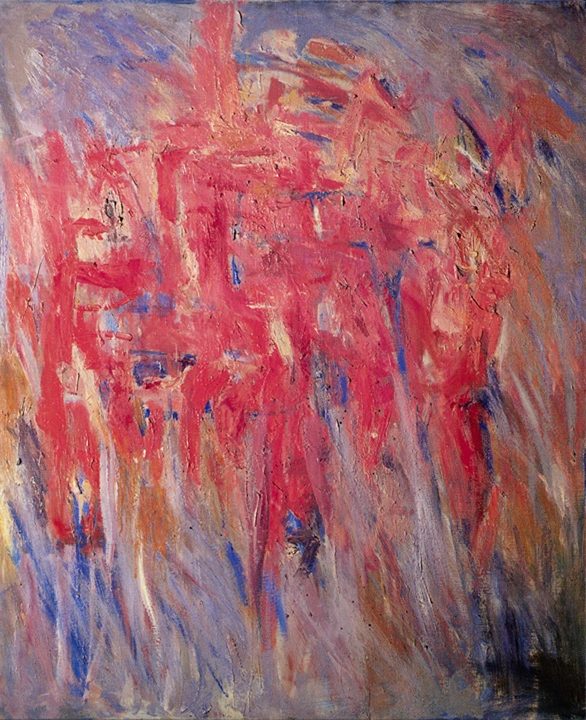
Some of his well-known paintings are:
- “House of the Sun” (1952)
- “West 23rd” (1963)
- “Knight Series” (1975)
The works below show the evolution of his style. They moved from wild brush strokes to more planned designs.
Tworkov had solo shows at big museums. In 1964, the Whitney Museum in New York held a solo show of Tworkov’s work. It helped to make his art more accessible.
Legacy and Reception
Jack Tworkov’s influence on American abstract art is still felt today. His work can be found in many major museums, and he has inspired a number of later artists.
Influence on Later Artists and Movements
Tworkov, along with Willem de Kooning and Mark Rothko, helped to shape the development of Abstract Expressionism. He was a mentor to younger artists, who then went on their own path. Jennifer Bartlett and Richard Serra were among his students.
Later movements were inspired by his gestural style, and the focus on painting itself. Tworkov used geometric shapes and grids to create his later works, which influenced minimalism. Chuck Close and Nancy Graves drew on Tworkov’s ideas about mark-making and process.
Recognition and Collections
Tworkov’s work is held in major museums. His work is held by the Whitney Museum of American Art and Solomon R. Guggenheim Museum in New York. The Walker Art Center and other institutions also hold pieces.
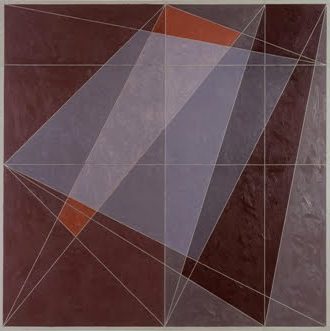
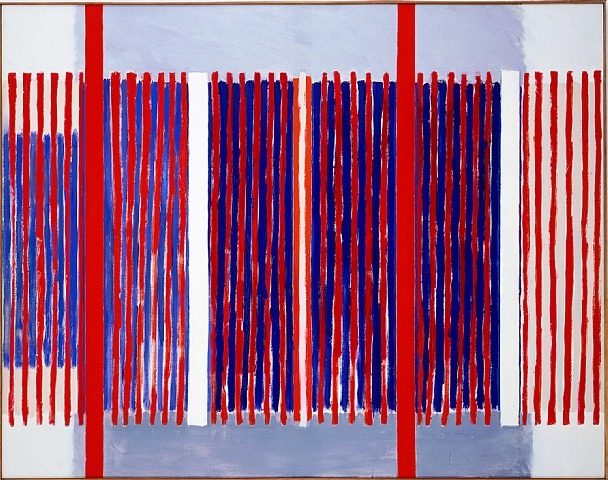
Over time, the art of Tworkov has grown in value. His paintings are now highly valued at auction. It shows the impact he has had on American art. Scholars and critics continue to examine his influence on abstract painting during the mid-20th century.
Frequently Asked Questions
Jack Tworkov is a key figure in Abstract Expressionism. His art and ideas made a unique contribution to the movement. Throughout his career, his work has gone through several phases.
How did Jack Tworkov contribute to the Abstract Expressionist movement?
Tworkov’s paintings and writings helped to shape Abstract Expressionism. In his work, he focused on gestures and marks. The key ideas of the movement were reflected in his work.
Tworkov taught art to students and shared Abstract Expressionist ideas with them. His essays on art theories spread the ideas of the movement to a broader audience.
What are some of the key characteristics of Jack Tworkov’s artistic style?
Tworkov’s style is characterized by bold brushstrokes, abstract shapes and forms. In many of his works, he used vibrant colors. He painted with a lot of energy and movement.
Later, Tworkov began to add more geometric elements into his work. Tworkov kept his gestural style while adding more structure.
Can you name notable works by Jack Tworkov and their significance?
Tworkov’s first abstract expressionist style is evident in “House of Sun”, a 1952 painting. The painting is full of vibrant colors and has a lively brushwork.
His 1950s work is exemplified in “Indian Red Series #2”. The abstract composition uses warm red colors.
“Variable II”, 1964, reflects his shift to more structured forms. The painting combines geometric shapes and freer brushstrokes.
How has Jack Tworkov’s work influenced contemporary art?
Tworkov’s ideas on art continue to inspire artists even today. He was a great influence on artists because he focused so much attention on the process of painting.
Tworkov’s balance between structure and gesture is still a model for many contemporary painters. Students of art still study his writings on art theories.
What were the major phases of Jack Tworkov’s artistic career?
Tworkov’s earlier work, in the 1930s & 1940s, was more realistic. He painted urban scenes and scenes of workers.
In the 1950s, he began to experiment with Abstract Expressionism. This period was characterized by bold colors and gestural paintings.
Tworkov began to add more geometric elements to his paintings in the 1960s. He combined expressive brushstrokes with structured forms.
Where can Jack Tworkov’s works be viewed today?
Tworkov’s works are in many museums. The Museum of Modern Art, New York, owns several of Tworkov’s works.
Tworkov’s art is also on display at the Pennsylvania Academy of Fine Arts. Special exhibitions of his work are sometimes held in galleries.
You can view some of Tworkov’s paintings online via museum websites. The paintings can be viewed from anywhere.

